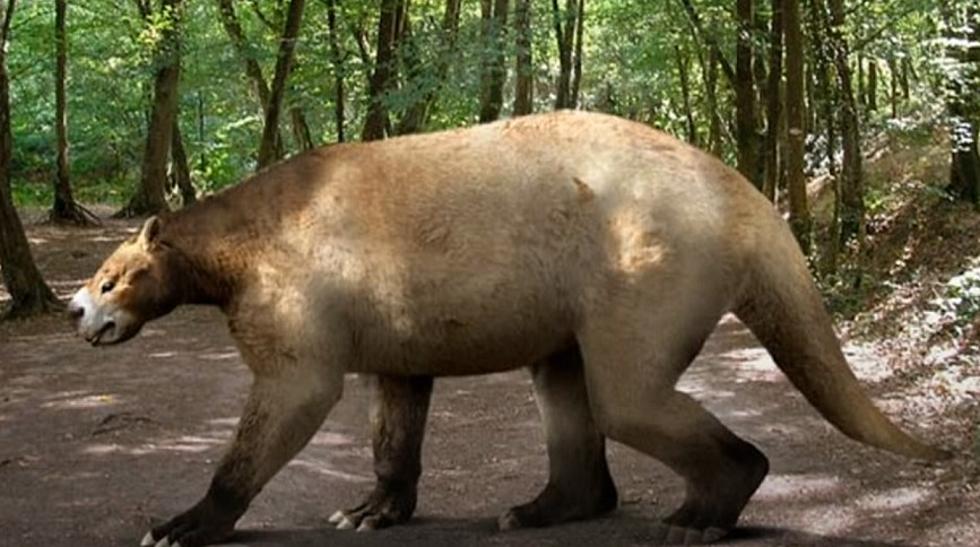
The Oldest Footprints In Wyoming Date Back 58 Million Years
Would you like to see the oldest footprints in Wyoming?
You can.
They are a mere 58 million years old. NO BIG DEAL!
The prints were made by at least two mammalian species in what, at the time, was a brackish water lagoon in what is now southern Wyoming.
Scientists think this may represent mammals coming out of the sea.
The 58-million-year-old track site was once flat but is now a near-vertical tilt.
The tracks were made by five-toed mammals walking in parallel.
“Trace fossils like footprints record interactions between organisms and their environments, providing information that body fossils alone cannot,” said Dr. Anton Wroblewski, a geologist in the Department of Geology and Geophysics at the University of Utah.
“In this case, trace fossils show that large-bodied mammals were regularly using marine environments only 8 million years after non-avian dinosaurs went extinct.” (SciNews).
These animals were walking on a soft muck that later hardened into something as hard as cement.
This preserved sandstone is 1,032 m long.
The mammalian species are thought to have been relatively large, narrow-gauge, five-toed tracks, and the other with medium-sized, four-toed tracks.
Imagine a brown-bear-sized mammal. But not a bear.
Sort of like what you see in this video, below.
“Candidates for the five-toed tracemakers are pantodonts such as Titanoides primaevus, Barylambda faberi, or Coryphodon proterus. The owner of the four-toed tracks remains a mystery,” the researchers said. (SciNews).
So how do we know the age of these footprints?
There were fossilized plants and pollen in and around the tracks to be around 58 million years old (Paleocene epoch).
Up until now the only evidence of mammals interacting with marine environments came from the Eocene epoch, around 9.4 million years later.
“The Hanna Formation tracks are the first Paleocene mammal tracks found in the United States and only the fourth in the world, with two sets of tracks previously found in Canada and one in Svalbard, Norway,” Dr. Wroblewski said. (SciNews).
The team’s paper was published in the journal Scientific Reports.
